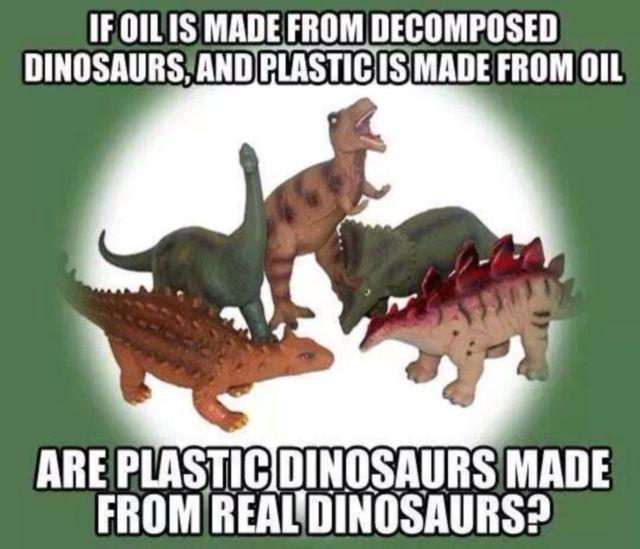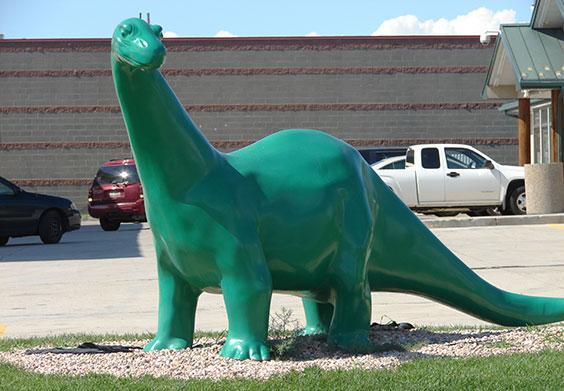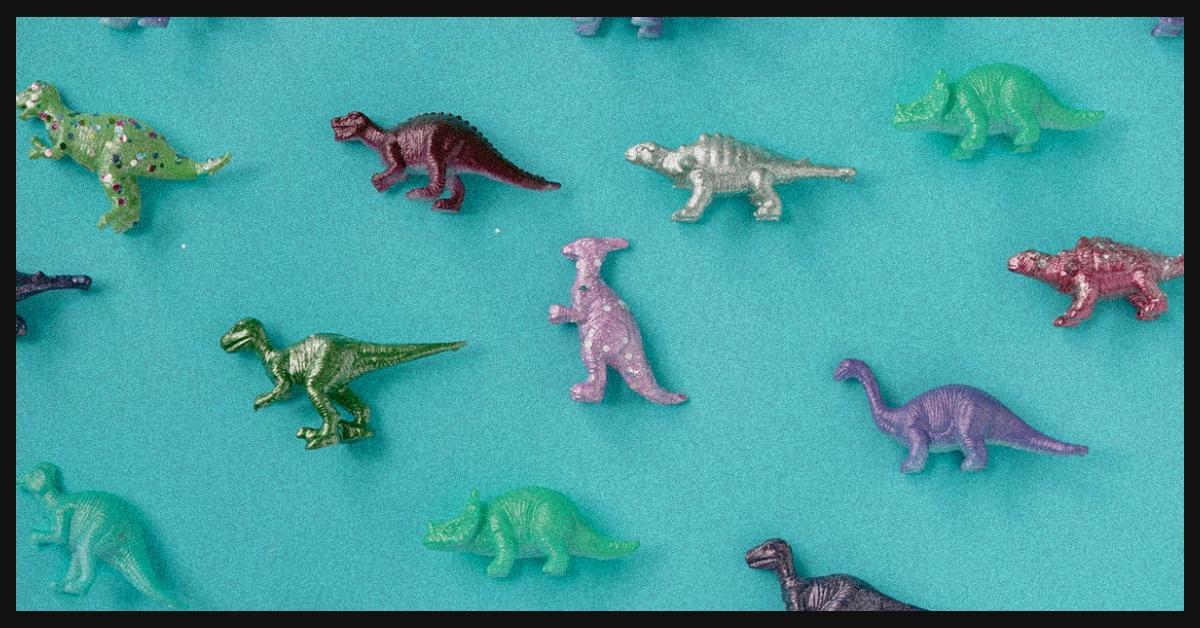Welcome to #AskFlipScience, where we answer even the strangest, silliest questions with science!
This week’s question: Are plastic dinosaurs technically made of real dinosaurs?
Spend enough time around the internet, and you’ll likely find all sorts of interesting images, thought-provoking questions, and observations that will make you question even the simplest things. More often than not, you’ll come across combinations of all three. Like this one, for example.

It seems like the kind of outrageous, forehead-slapping, tail-chasing revelation that would give even good old Philosoraptor pause. It’s also completely way off base.
You see, what makes this flat-out wrong is the first idea: the notion that oil–fossil fuel, basically–comes from long-decomposed dinosaurs.
One can’t really fault people for thinking that, though. After all, they’re fossil fuels, right? The association between the word “fossil” and “dinosaur” is so strong that the latter is the top-of-mind thought whenever someone mentions the former in conversation.
Here’s the thing: Oil does come from decaying remains, but not the dinosaurs’. Fossil fuels actually come from ocean-dwelling creatures–the microscopic organisms called phytoplankton or microalgae, first and foremost. They end up at the bottom of the ocean when they die, buried under sediment over millions of years.
As they die rather quickly, their accumulated remains eventually become solid organic compounds called kerogen. Over time, they tranform into hydrocarbons–the fundamental components of crude oil and gas–with even greater pressure and heat. These hydrocarbons seep through rocks and natural formations, effectively transforming them into oil wells.
Mesozoic marketing
So how did most of us end up believing that fossil fuels came from dinosaurs?
Well, an American oil corporation called Sinclair Oil shares a bit of the blame, too.
In 1930, Sinclair came out with its mascot, a green sauropod (labeled as a Brontosaurus) named Dino. They used Dino on various marketing materials; aside from the aforementioned association between dinosaurs and fossils, these extinct creatures also reflected power and strength.
To be fair, though, Sinclair didn’t claim that fossil fuels come from dinosaurs. In reality, people just sort of made the connection themselves. Here’s a excerpt from The Sinclair Dinosaur Book, published in 1934:
Sinclair uses dinosaurs to symbolize the vast age of the crude oils which are refined into Sinclair Opaline Motor Oil and Sinclair Pennsylvania Motor Oil (by and large, the oldest crudes make the finest lubricants). It was during the lifetime of such prehistoric creatures that nature was mellowing and filtering under the earth the crude oils which are refined into Sinclair Motor Oils.
Remember: A little bit of research goes a long way towards making sure that you don’t get yabba-dabba-duped.

Cover photo: Pexels
References
- http://blog.statemuseum.nd.gov/blog/busting-myth-about-dinosaurs-does-oil-come-from-dinosaurs
- https://www.powells.com/post/original-essays/does-oil-come-from-dinosaurs
Author: Mikael Angelo Francisco
Bitten by the science writing bug, Mikael has years of writing and editorial experience under his belt. As the editor-in-chief of FlipScience, Mikael has sworn to help make science more fun and interesting for geeky readers and casual audiences alike.







